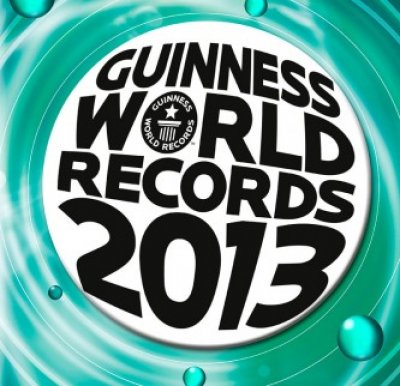How appears the Guinness Book of Records

On 10 November 1951, Sir Hugh Beaver, then the managing director of the Guinness Breweries, went on a shooting party in the North Slob, by the River Slaney in County Wexford, Ireland. He became involved in an argument over which was the fastest game bird in Europe, the golden plover or the grouse (the former being correct). That evening at Castlebridge House, he realised that it was impossible to confirm in reference books whether or not the golden plover was Europe's fastest game bird. Beaver knew that there must be numerous other questions debated nightly in pubs throughout Ireland, but there was no book in the world with which to settle arguments about records. He realised then that a book supplying the answers to this sort of question might prove popular.
Christopher Chataway recommended twins Norris and Ross McWhirter, who had been running a facts and figures agency in London. The brothers were commissioned to compile what became The Guinness Book of Records in August 1954. One thousand copies were printed and given away. After founding The Guinness Book of Records at 107 Fleet Street, London, the first 197-page edition was bound on 27 August 1955 and went to the top of the British bestseller lists by Christmas. "It was a marketing give away—it wasn't supposed to be a money maker," said Beaver. The following year it was launched in the U.S., and it sold 70,000 copies.
Because the book became a surprise hit, many further editions were printed, eventually settling into a pattern of one revision a year, published in September/October to coincide with Christmas sales. The McWhirters continued to compile it for many years. Both brothers had an encyclopedic memory—on the TV series Record Breakers, based upon the book, they would take questions posed by children in the audience on various world records and were able to give the correct answer. Ross McWhirter was assassinated by the Provisional Irish Republican Army in 1975. Following Ross' assassination, the feature in the show where questions about records posed by children were answered was called Norris on the Spot.
Guinness Superlatives (later Guinness World Records) Limited was formed in 1954 to publish the first book. Sterling Publishing owned the rights to the Guinness book in the USA for decades and under their management, the book became a household name. The group was owned by Guinness PLC and subsequently Diageo until 2001, when it was purchased by Gullane Entertainment. Gullane was itself purchased by HIT Entertainment in 2002. In 2006, Apax Partners purchased HiT and subsequently sold Guinness World Records in early 2008 to the Jim Pattison Group, the parent company of Ripley Entertainment, which is licensed to operate Guinness World Records' Attractions. With offices in New York City and Tokyo, Guinness World Records' global headquarters remain in London, while its museum attractions are based at Ripley headquarters in Orlando, Florida.